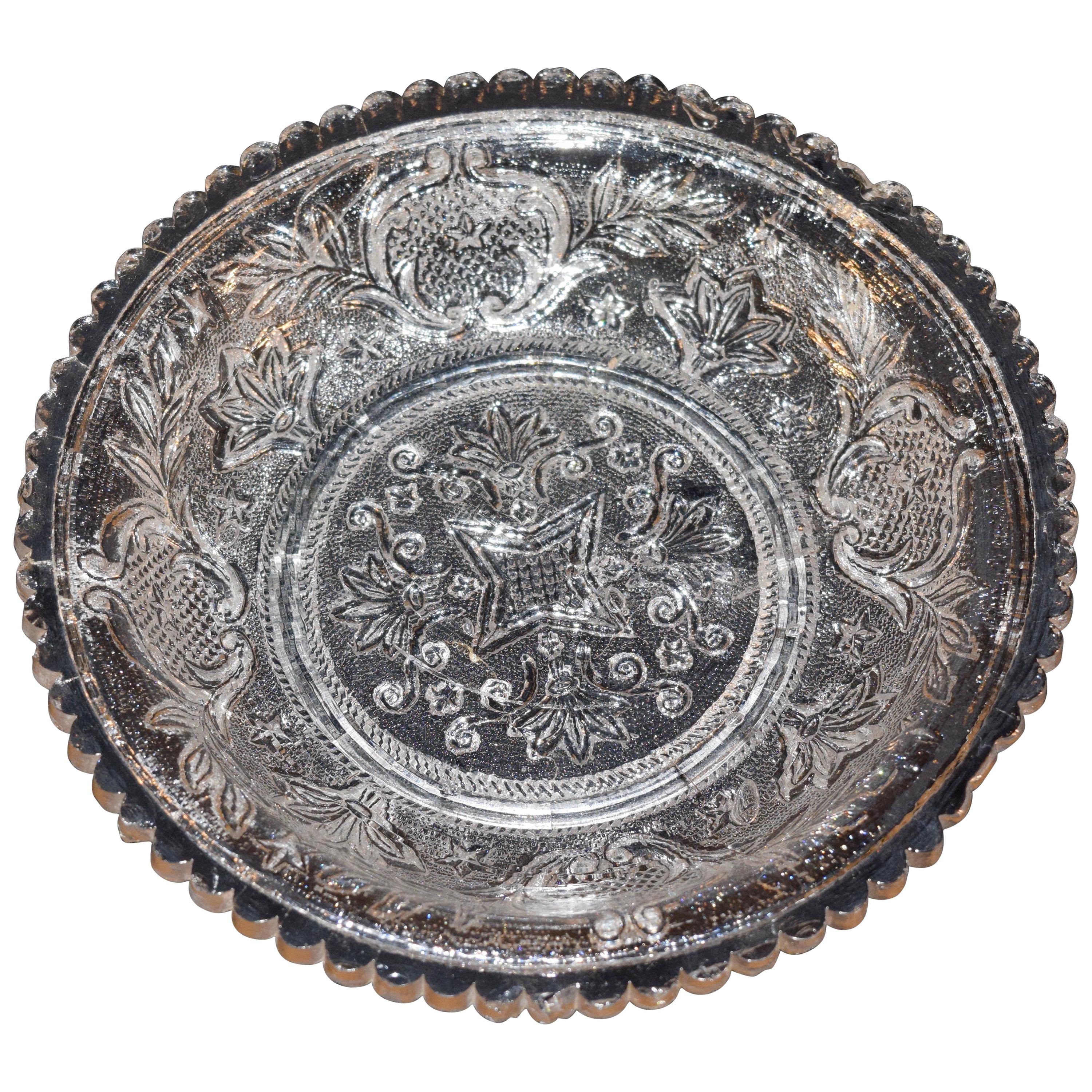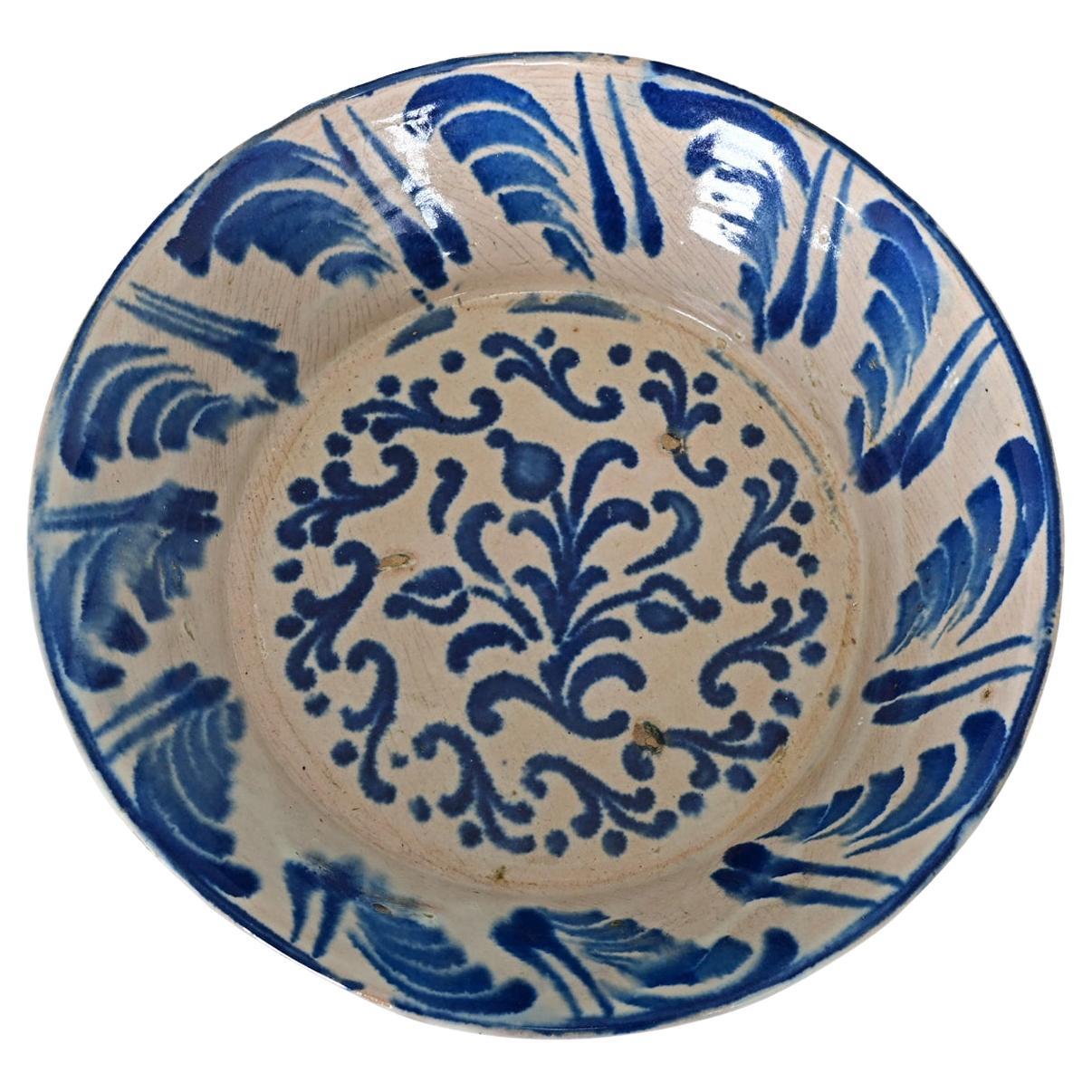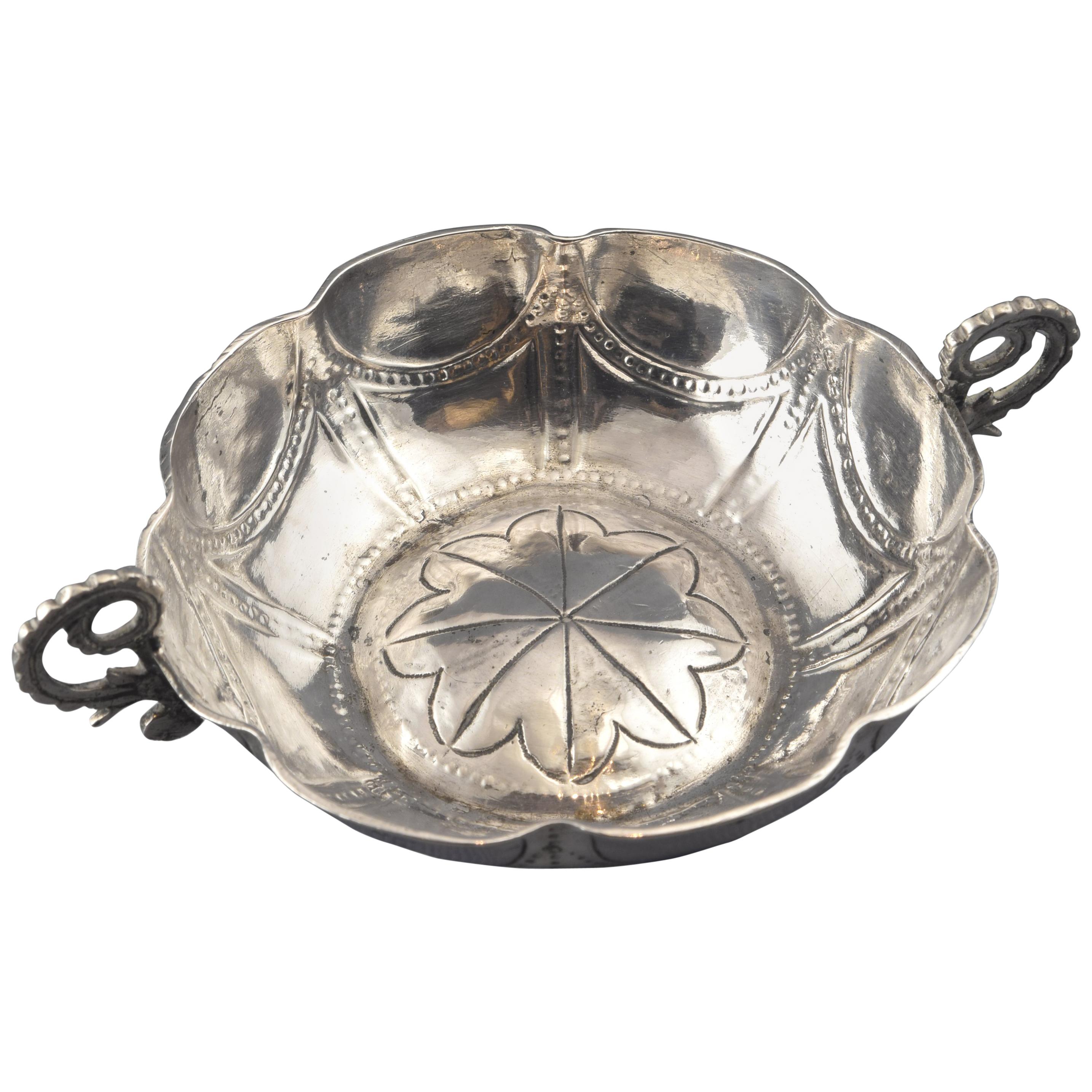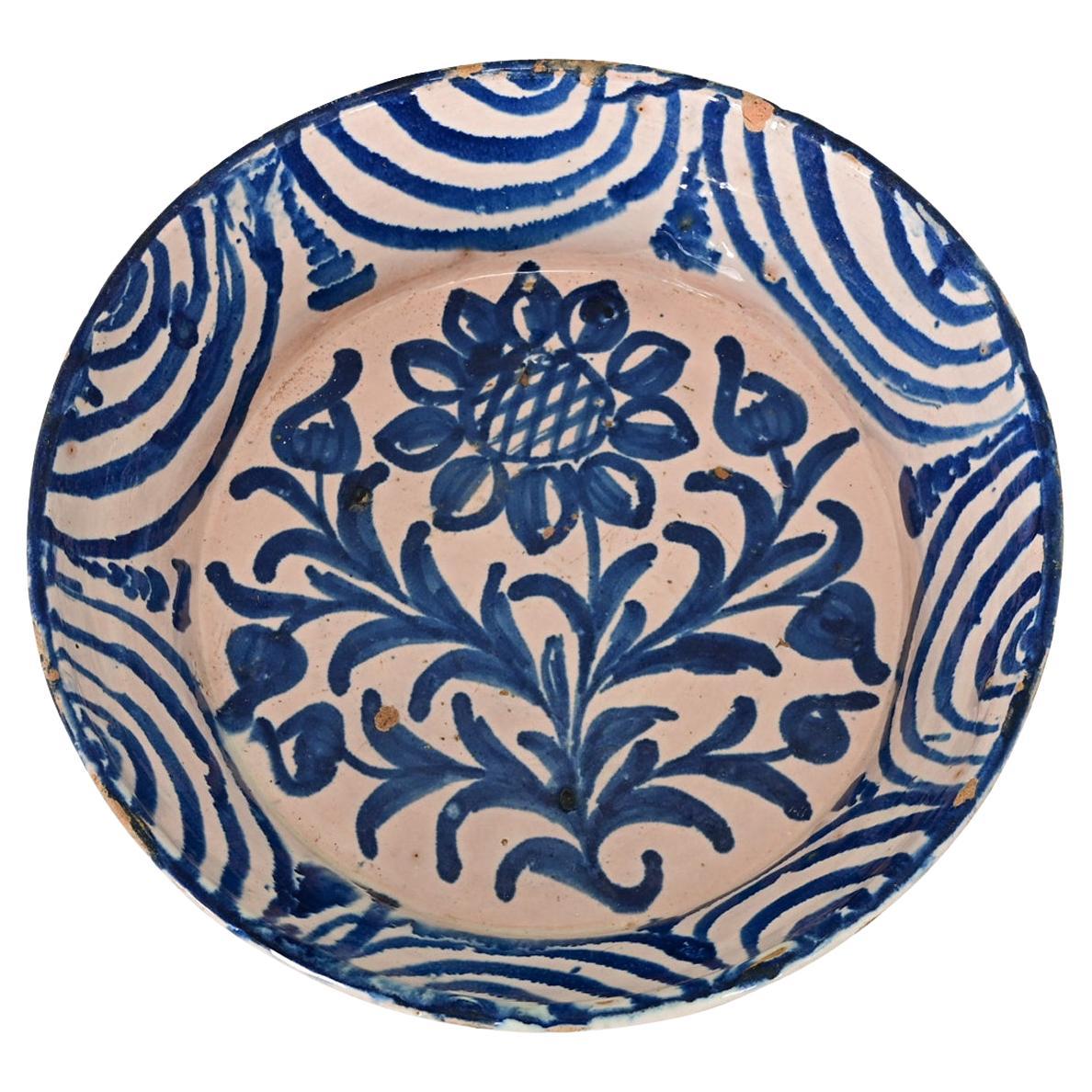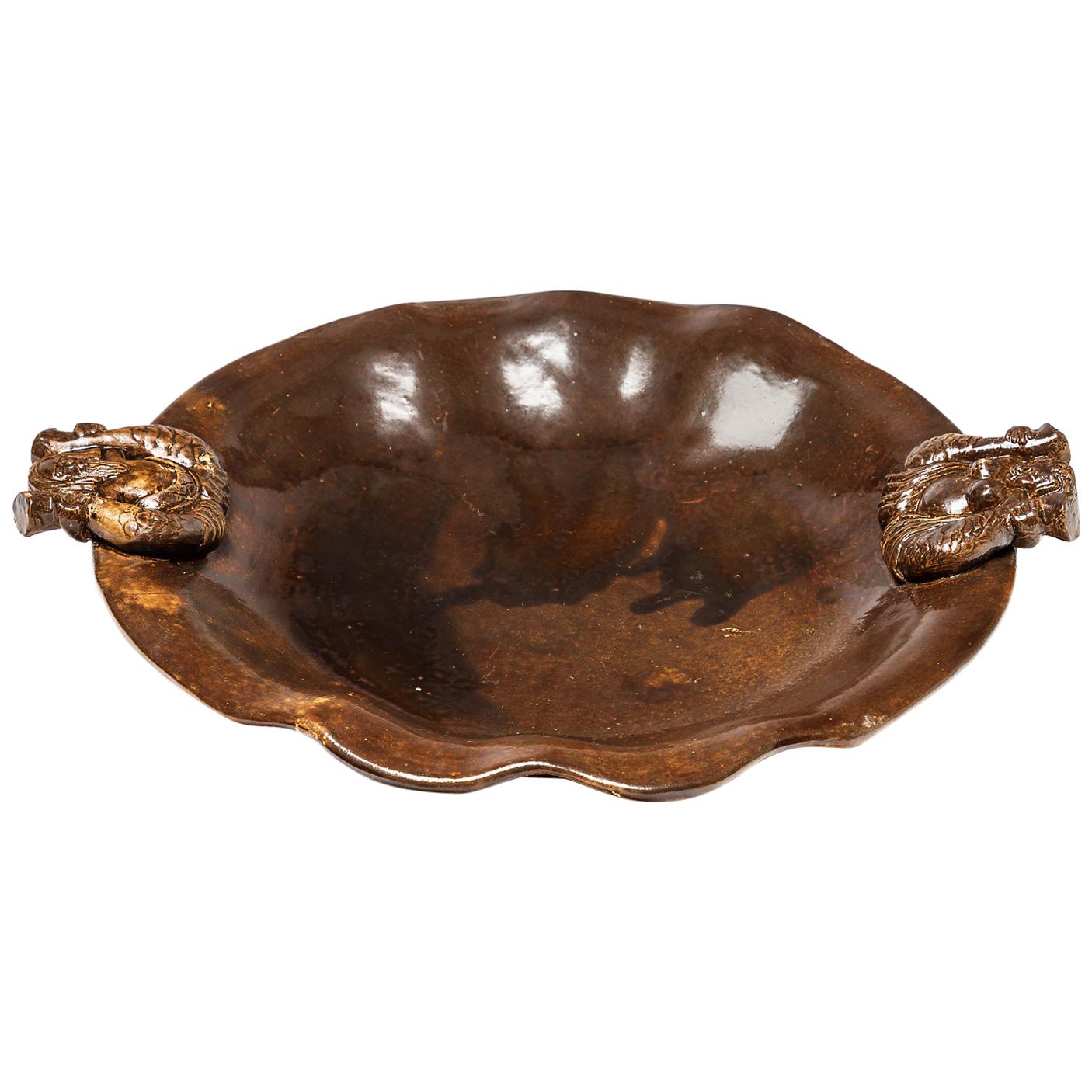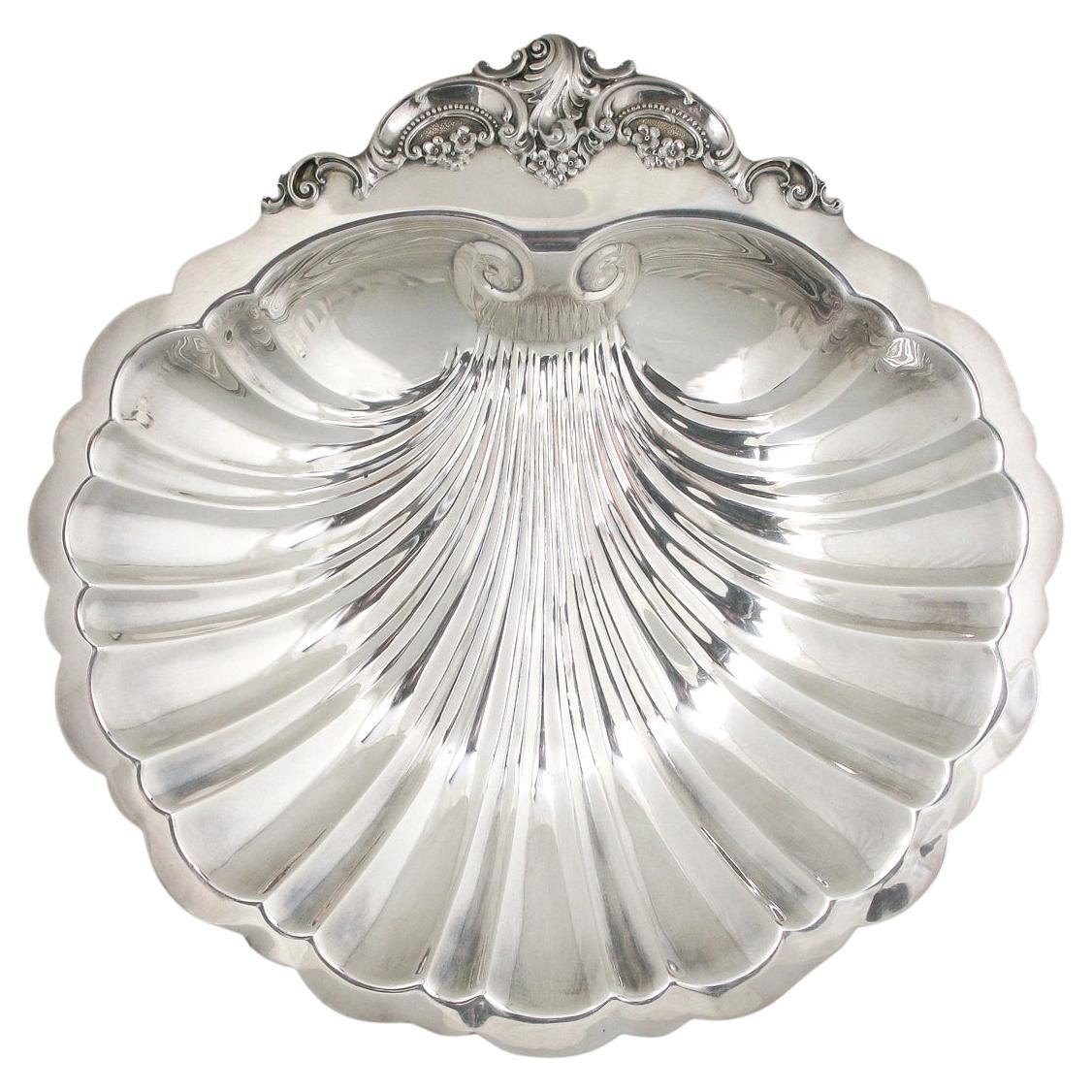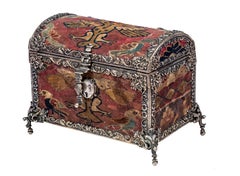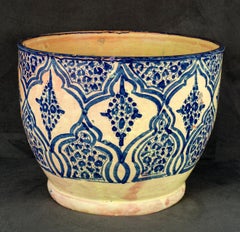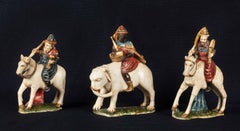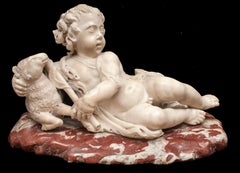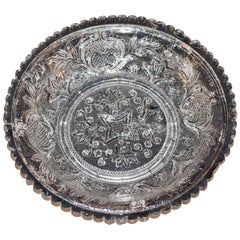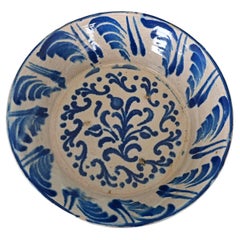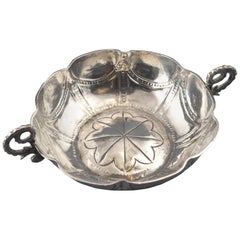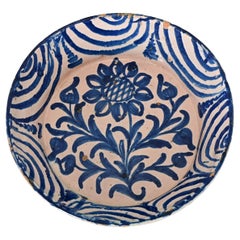Want more images or videos?
Request additional images or videos from the seller
1 of 4
Spanish Colonial (Peruvian)Cuzco School Baptismal Dish18th Century
18th Century
$23,000
£17,300.84
€19,942.10
CA$32,398.05
A$35,548.37
CHF 18,604.37
MX$437,480.09
NOK 234,387.10
SEK 219,538.45
DKK 148,905.50
About the Item
Provenance:
Manuel Ortíz de Zevallos y García, Peru; and by descent in the family to:
Private Collection, New York.
This impressive baptismal dish is an example of eighteenth-century silverwork from the viceregal Peru. From its roots as a synthesis of Spanish tastes and practices with those of indigenous peoples, the art of silversmithing in the Americas developed into a rich tradition that responded to the unique desires and needs of colonial society. Already in the mid-sixteenth century, there was great demand for silver objects both in Spain and in Latin America, due in no small part to the large amounts of base silver being mined and refined there. This demand remained constant through the eighteenth century, the last flowering of the colonial silversmithing tradition, which melted away with the political changes and the independence movements of the early nineteenth century. This baptismal dish dates from this final period of viceregal silverwork, and its form and style correspond with similar works produced at this time in Peru.
The most striking feature of this baptismal font is its imitation of a scallop shell. The scallop shell was a common symbol in the Christian tradition from the medieval period on, probably originating with the shells worn by pilgrims on their return from shrine of Saint James in Santiago de Compostela in Spain. These shells also came to be associated with the notion of rebirth by water, and thus, the sacrament of baptism. The scallop shell was a recurring motif in Peruvian silverwork of the eighteenth century, and several types of objects were modeled on its shape, including holy-water fonts, basins, shells for pouring water during baptism, and baptismal dishes like this one.
This silver shell is adorned with concave gadroons, or grooves, and its curved base is decorated with foliage, scrolls, and flowers. The undulating/scalloped rim of the basin contains a raised, C-shaped decoration that is repeated inside the shell along the base of the gadroons. The underside of the shell reveals signs of the techniques used in its creation, as well as one of the most fantastic aspects of the work: the three spiraled conch shells that serve as the feet of the dish. The dish’s elaborate backsplash features shell and feather motifs.
Silver was the material of choice for both ecclesiastical and domestic vessels in the New World, not only for its status as a precious metal, but also because of its abundance and durability. Baptismal dishes in the shape of scallops were common in Peru, a clear indication of their popularity and desirability. They were intended for ecclesiastical use as baptismal fonts, as well as for domestic use as decorative pieces placed on top of furniture. In the latter case, these dishes fall into the category of religio-domestic works—objects intended for the home that refer to religious activity. The scale and the secular coat of arms on this dish indicates that it was likely originally destined for a domestic setting.
This baptismal dish formerly belonged to Manuel Ortíz de Zevallos y García (1809–1882), a lawyer and politician in Peru, and descended among American members of his family.
- Creator:
- Creation Year:18th Century
- Dimensions:Height: 11.25 in (28.58 cm)Width: 16.75 in (42.55 cm)Depth: 21.5 in (54.61 cm)
- Medium:
- Movement & Style:
- Period:
- Condition:
- Gallery Location:New York, NY
- Reference Number:1stDibs: LU10210840632
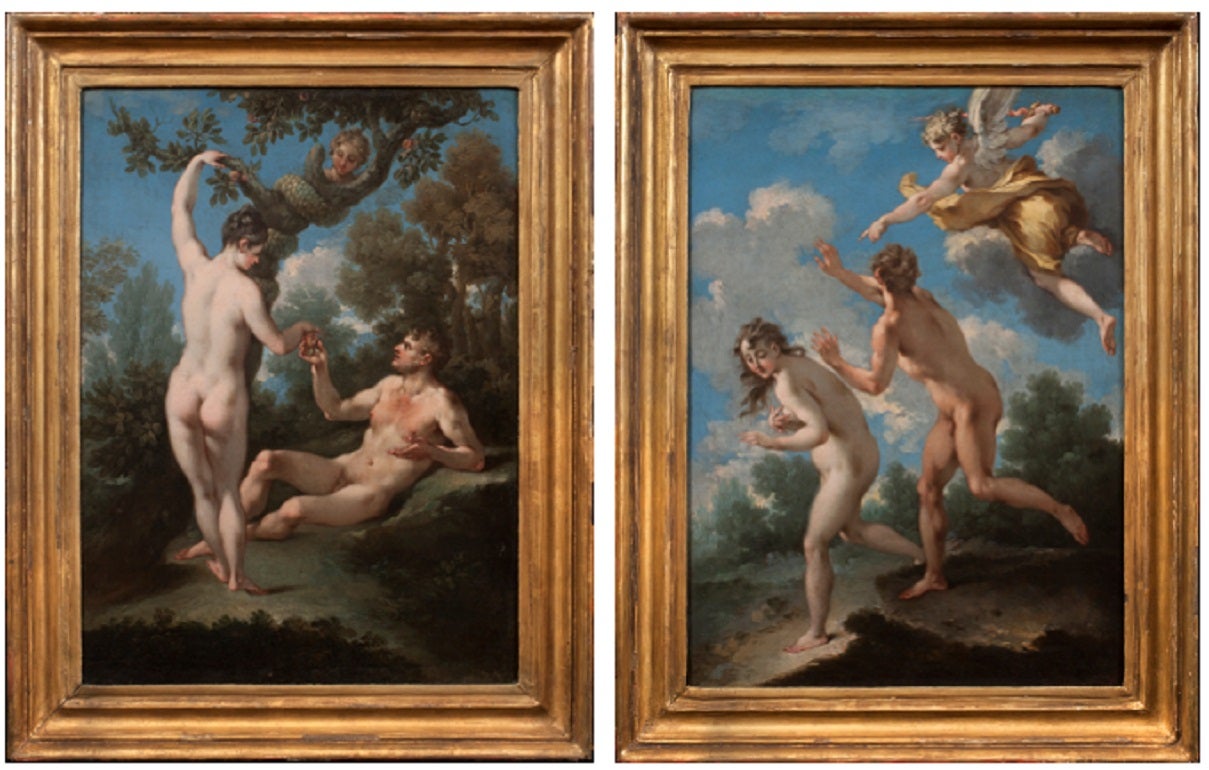
About the Seller
5.0
Recognized Seller
These prestigious sellers are industry leaders and represent the highest echelon for item quality and design.
Established in 1997
1stDibs seller since 2012
22 sales on 1stDibs
Typical response time: 13 hours
- ShippingRetrieving quote...Shipping from: New York, NY
- Return Policy
Authenticity Guarantee
In the unlikely event there’s an issue with an item’s authenticity, contact us within 1 year for a full refund. DetailsMoney-Back Guarantee
If your item is not as described, is damaged in transit, or does not arrive, contact us within 7 days for a full refund. Details24-Hour Cancellation
You have a 24-hour grace period in which to reconsider your purchase, with no questions asked.Vetted Professional Sellers
Our world-class sellers must adhere to strict standards for service and quality, maintaining the integrity of our listings.Price-Match Guarantee
If you find that a seller listed the same item for a lower price elsewhere, we’ll match it.Trusted Global Delivery
Our best-in-class carrier network provides specialized shipping options worldwide, including custom delivery.More From This Seller
View AllSilver and Transitional Andean Textile Casket
By Spanish Colonial (Peruvian)
Located in New York, NY
Silver was the material of choice for both ecclesiastical and domestic vessels in the New World, not only for its status as a precious metal, but also because of its abundance and du...
Category
Early 18th Century Sculptures
Materials
Silver
Moroccan, Fez or Meknes: Tall bowl (Jobbana) with geometric designs
Located in New York, NY
Provenance:
Collection of Emily Johnston De Forest and Robert Weeks De Forest, New York, by 1911-until 1942; thence by descent until 2018.
Literature: ...
Category
1810s Sculptures
Materials
Earthenware, Tin Glaze
The Three Magi
Located in New York, NY
Provenance: Private Collection, Spain.
Known as Peruvian alabaster for its translucency and workability, Piedra de Huamanga is a highly prized material from the province of Ayacucho in Peru. In the 17th and 18th centuries, local craftsman in the town of Huamanga began to specialize in the production of small-scale, polychrome religious sculptures made from this distinctive stone. Huamanga sculptures are among the most accomplished examples of carving from the Spanish Americas, where polychrome wood sculpture was a far more common sculptural medium. These works, which were created as independent sculptures or as sculptural groups—such as our three Magi—were intended for ecclesiastical as well as domestics settings.
Our three figures likely formed part of a larger Nativity group—a New World variant of the tradition of the Neapolitan Crèche...
Category
Late 18th Century Figurative Sculptures
Materials
Alabaster
The Infant Saint John the Baptist with a Lamb
Located in New York, NY
Provenance:
James Byrnes, Los Angeles (1917-2011)
Giusto Le Court was born Josse or Justus de Corte in the Flemish city of Ypres. His father Jean was a sculptor and presumably his earliest training was with him before he entered the studio of Cornelis van Mildert. The young artist was clearly influenced by the dominant Flemish sculptor of the time, Artus Quellinus the Elder, with whom he may have worked on the decoration of the Amsterdam City Hall.
Following the lead of many northern artists he travelled to Rome, perhaps more than once, before settling in Venice around 1655. It was there, as one of a colony of expatriate artists, that he made his name as a sculptor. One of his first Venetian commissions was for the monument to Alvise Mocenigo in the Church of San Lazzaro dei Mendicanti, where Le Court sculpted the marble figures of Strength and Justice. He also collaborated with the celebrated architect Baldassare Longhena, most famously for the high altar of Santa Maria della Salute, where he carved the multi-figured altarpiece depicting the Queen of Heaven Expelling the Plague.
The present marble sculpture depicts the infant Saint John the Baptist, reclining, wearing his traditional hair-shirt, embracing a lamb, and holding the bottom of his attribute, a reed cross. Attached to his shirt is a baptismal cup, with which he would become associated later in his life. Veneration of the infant Saint John the Baptist was prevalent throughout Italy and images of the saint in childhood—often called “Giovannino,” or little John...
Category
17th Century Renaissance Sculptures
Materials
Marble
Virgin of Guadalupe
Located in New York, NY
Signed and dated, lower right, Joseph de la Cruz f.t / Año de 88.
Provenance: Private Collection, Santo Stefano d’Aveto (Genoa), ca. 1960–2022.
This monumental canvas is a rare, signed example of one of the most popular subjects of Spanish Colonial, and particularly Mexican, painting: the Virgin of...
Category
Late 18th Century Paintings
Materials
Canvas, Oil
First Journey
Located in New York, NY
Provenance: Sables de Fontainbleau, Seine-et-Marne, France
“Gogottes” are natural creations formed out of sands deposited in Northern France during the Oligocene Period, approximately 30 million years ago. Much later, in a process that has only recently become understood, groundwater rich in silica flowed through the sands...
Category
15th Century and Earlier Naturalistic Abstract Sculptures
Materials
Sandstone
You May Also Like
19th Century Boston & Sandwich EAPG Dish
By Boston and Sandwich Glass Company
Located in High Point, NC
19th century Boston & Sandwich early American pressed glass plate in the "Shield Acanthus" pattern.
Category
Antique 19th Century American Glass
Materials
Glass
Spanish 19th Century Fajalauza Bowl from Granada
Located in Baton Rouge, LA
A charming, handpainted terracotta lebrillo bowl from Granada, Spain (19th century)–these illustrative ceramic works collectively known as fajalauza pottery can be traced back to at ...
Category
Antique 19th Century Spanish Spanish Colonial Ceramics
Materials
Clay
Silver Cup "tembladera", 18th Century
Located in Madrid, ES
Without hallmarks.
Container known as catavinos (wine tasting cup) or tembladera with two flat handles in the form of closed "S" (with simplified vegetable decoration) and a line "d...
Category
Antique 17th Century European Baroque More Dining and Entertaining
Materials
Silver
Spanish 19th Century Fajalauza Bowl from Granada
Located in Baton Rouge, LA
A charming, handpainted terracotta lebrillo bowl from Granada, Spain (19th century)–these illustrative ceramic works collectively known as fajalauza pottery can be traced back to at ...
Category
Antique 19th Century Spanish Spanish Colonial Ceramics
Materials
Clay
Big Dish in the Style of Guidette Carbonell, circa 1940-1950
By Guidette Carbonell
Located in Saint-Ouen, FR
A big dish in the style of Guidette Carbonell with brown glaze decoration.
Perfect original conditions,
circa 1940-1950.
Unique piece.
Category
20th Century French Beaux Arts Decorative Dishes and Vide-Poche
Materials
Ceramic
Silver Plate Bowl
Located in Alessandria, Piemonte
Elegant large silver plate bowl for Your table: for desserts or fruit, to prepare a table center piece for Christmas.
It's very beautiful ! with a g...
Category
Mid-20th Century American Baroque Decorative Dishes and Vide-Poche
Materials
Silver Plate
$2,159
More Ways To Browse
Peruvian Colonial
Colonial Spanish Art
Spiral Shell
Antique Holy Water
Latin American Colonial Furniture
Antique Shell Sign
Colonial Silver Spanish
Antique Holy Water Font
Holy Water Vessel
Antique Baptismal Fonts
Spanish Colonial 18th C Furniture
Cuzco School
Antique Peruvian Silver
Mid Century Peruvian Sculpture
Baptismal Silver
Spanish Colonial School
Baptismal Shell
Bear Figurines
